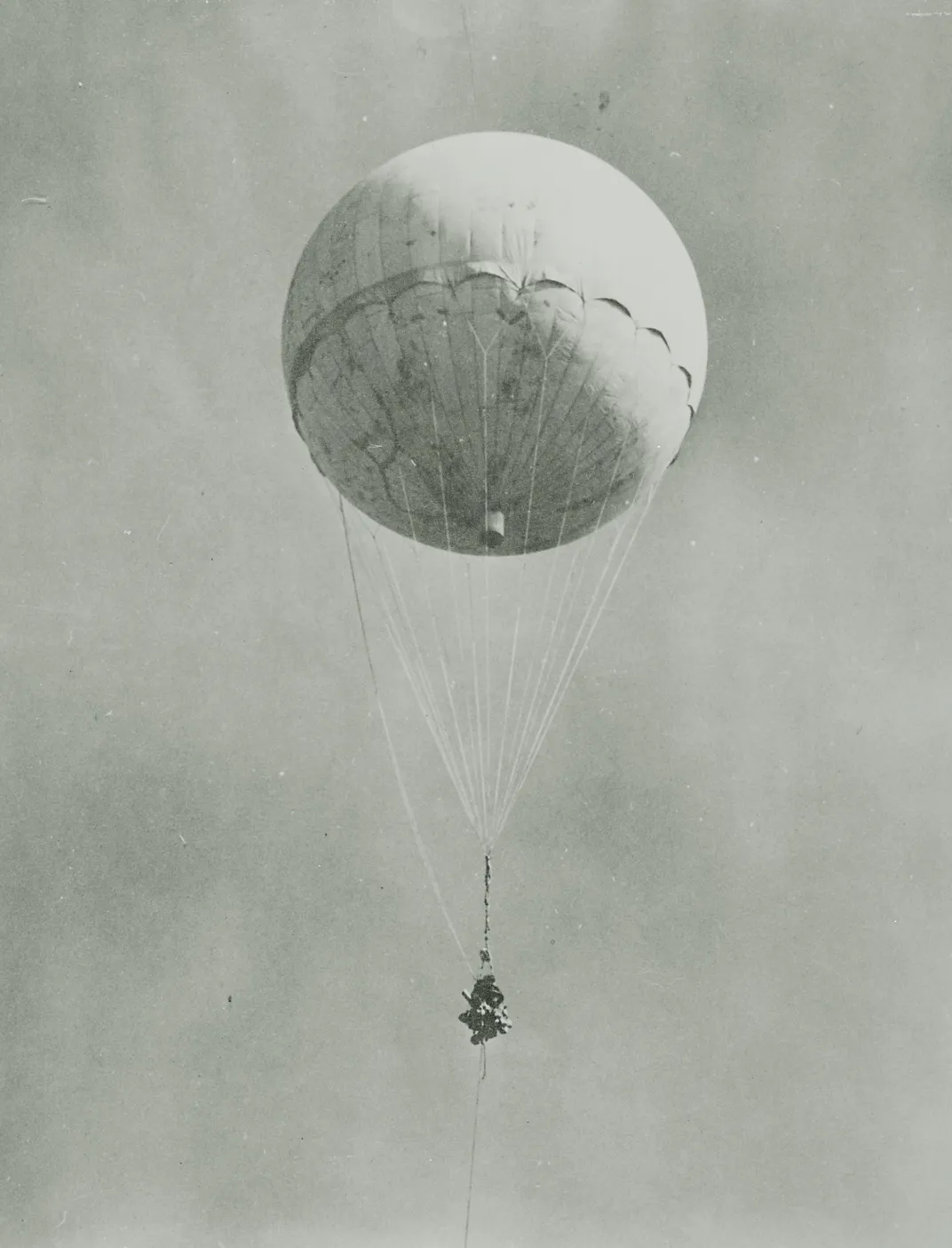Why Was the Discovery of the Jet Stream Mostly Ignored?
Maybe because it was published in Esperanto.
/https://tf-cmsv2-smithsonianmag-media.s3.amazonaws.com/filer/a7/85/a7850580-2e9a-43b9-a855-20e6a9d8c23c/b29s.jpg)
Had Japanese meteorologist Wasaburo Ooishi not been an Esperantist, U.S. scientists during World War II might have been more aware of a national vulnerability. Between 1923 and 1925, Ooishi completed almost 1,300 observations of fierce high-altitude winds, later named the jetstream. The somewhat eccentric Ooishi was not only the director of Japan’s Tateno atmospheric observatory but also the head of the Japan Esperanto Society, proponents of the artificially constructed language, created in the 1870s as a means of international communication. Ooishi announced his discovery of the swift, high-altitude river of air in the Tateno observatory’s annual reports, which he published in Esperanto. Not surprisingly, his research was ignored, and the U.S. military was caught off guard by two consequences of the invisible jetstream.
The first surprise came in 1944 when B-29 pilots flying toward targets in Japan discovered at their cruising altitudes winds as high as 230 mph. The winds caused bombs to miss targets and, as headwinds, required bombers to use far more fuel than expected—so much more that they sometimes ran out on the return trip.

The second surprise, more famous and more tragic, was the bomb that killed Elsie Mitchell and five Sunday school students in May 1945 when they came upon it during an outing near Bly, Oregon. The bomb had been carried by a balloon designed by the Imperial Japanese Army, one of almost 9,000 silken, hydrogen-filled balloons laden with explosives that Japan launched toward North America over a period of eight months, starting in late 1944. They were carried by the west-to-east winds that had been the subject of Ooishi’s research, and about 300 made landfall, according to reports of pieces found. After the 1942 Doolittle Raid shocked the Japanese by striking the home islands, the Ninth Military Technical Research Institute was tasked with finding a means of retaliation. Weapons designers at the institute created the balloons but needed to know how far across the Pacific they could travel. They turned to Hidetoshi Arakawa at Tokyo’s Central Meteorological Observatory, who drew on the work of Wasaburo Ooishi.
When balloon bombs started landing on North America, the idea that they’d been launched from Japan was inconceivable; how could they travel that far? They must have been launched from Japanese submarines near the U.S. west coast, reasoned U.S. Navy investigators. In fact, that was the first strategy Japan considered. On September 9, 1942, a small floatplane dropped incendiaries on Siskiyou National Forest in Oregon to spark a fire, but the Oregon forest was a poor choice: It had just rained there. Eventually, all submarines were needed to battle the U.S. Navy, and the concept was dropped.
Although most of the balloon bombs are thought to have gone down in the Pacific Ocean, a few remain in remote areas of the Pacific Northwest. Two forestry workers discovered one near Lumby, British Columbia, in 2014. A Canadian navy bomb disposal unit arrived and blew it to bits. Use caution when hiking.
